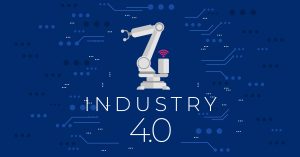In an increasingly technology-integrated world, the Fourth Industrial Revolution emerges as yet another milestone in human history. Driven by advanced automation, artificial intelligence, and robotics, this transformation redefines how we live, work, and interact with the world around us.
Thiago Cannabrava: A Leading Expert in the Vanguard of Industry 4.0
With over 10 years of experience and an extensive network of collaborations, Thiago Cannabrava stands out as one of Brazil’s foremost experts in Industry 4.0. His deep understanding of the challenges and opportunities of this era makes him a valuable voice in understanding the path we are taking towards the dream (or nightmare) envisioned by Isaac Asimov.
Asimov’s Vision: An Inspiration for the Future
Isaac Asimov’s works, filled with idealism and vision, serve as an essential guide for navigating the complexities of Industry 4.0. For him, technology was not a threat to humanity, but rather a tool to enhance our capabilities and build a better future.
The Pillars of Industry 4.0:
According to Thiago, the transformation of industry is built on innovative technologies that converge to create an integrated and intelligent system:
- Internet of Things (IoT): Machines and sensors connected to the internet, exchanging information in real time, enabling the creation of autonomous systems and remote monitoring of the entire production process.
- Big Data and Data Analytics: Analysis of large volumes of data collected by sensors and machines to optimize production, identify potential faults, and predict market trends.
- Artificial Intelligence (AI): Machines with the ability to learn and adapt, becoming capable of performing complex tasks such as quality control, data analysis, and autonomous decision-making.
- Advanced Robotics: Autonomous and collaborative robots performing complex tasks and interacting with the environment safely and efficiently.
- 3D Printing (Additive Manufacturing): Creation of physical objects from a digital model, enabling the production of customized and complex parts on demand.
- Digital Twins: Virtual replicas of physical systems, allowing simulation of production processes, testing new configurations, and predicting faults before they occur.
- Augmented Reality (AR) and Virtual Reality (VR): Virtual environments overlaid onto the real world, facilitating data visualization, employee training, and remote equipment maintenance.
- Cloud Computing: Access to computing services, storage, and software over the internet, making technological infrastructure more flexible and scalable.
The Collaboration Between Humans and Machines:
A New Paradigm Asimov’s works portray robots not as mere machines, but as collaborative partners capable of working alongside humans to achieve common goals. This vision is reflected in Industry 4.0, where collaboration between humans and machines is essential to driving innovation and progress.
Challenges and Opportunities:
Navigating the Fourth Industrial Revolution While Industry 4.0 holds great potential to increase productivity, efficiency, and competitiveness, it also presents significant challenges that need to be carefully considered and overcome to ensure a fair and sustainable transition.
“One of the biggest concerns is the loss of jobs in sectors that rely on manual and repetitive work, as machines and robots take on tasks that were previously performed by humans,” comments expert Thiago Cannabrava. This mass automation could lead to increased unemployment and professional disqualification, generating significant social and economic impacts.
According to data from a study conducted by the University of Oxford, it is estimated that by the year 2030, robots will play a crucial role in production, representing approximately 8.5% of the global workforce in the manufacturing industry.
Furthermore, the study suggests that a 30% increase in robot installation on a global scale could add up to $5 trillion to the global Gross Domestic Product (GDP). According to Oxford’s projections, this amount would equate to an additional growth in the global economy of around $4.9 trillion by 2030, in current values – a figure that even surpasses the predicted economy for Germany.
However, the introduction of technological machinery also raises debates about the future of employment. According to the “Future of Jobs” report recently released by the World Economic Forum, nearly half of the surveyed companies expect automation to result in a reduction in their full-time workforce by the year 2022.
However, according to our expert, there is hope: “It is important to emphasize that Industry 4.0 also opens doors to new opportunities. The demand for skilled labor to operate machinery, develop software, and analyze data is expected to increase significantly. Additionally, new professions emerge in this scenario, requiring specific skills and knowledge to deal with digital era technologies.”
Governments, companies, and educational institutions must work together to create appropriate education and training programs, ensuring that workers have access to the tools and knowledge necessary to adapt to changes in the labor market and thrive in the era of Industry 4.0.
Professional Requalification: The Key to the Future
Just as Asimov saw robots as allies, we can view this transformation as an opportunity for professional requalification and personal growth. By investing in education and skill development, we can prepare the workforce for the challenges of the future, ensuring a fair and sustainable transition to the age of robots.
Ethical Reflections: Responsibility and Safety in the Age of Technology
Industry 4.0 presents a series of ethical and practical challenges that need to be proactively addressed. By facing these challenges with responsibility and collaboration, we can ensure that this technological revolution benefits everyone, promoting sustainable development and human progress.
Isaac Asimov’s legacy inspires us to think critically about the future of technology and to seek a path where technological innovation serves the good of humanity. By reading his works, pondering his reflections, and drawing inspiration from his cautious optimism, we can navigate the challenges of Industry 4.0 and build a future where technology is used for the benefit of humanity, realizing Isaac Asimov’s visionary dream.









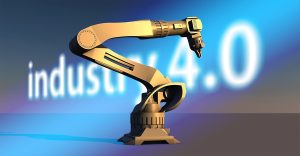
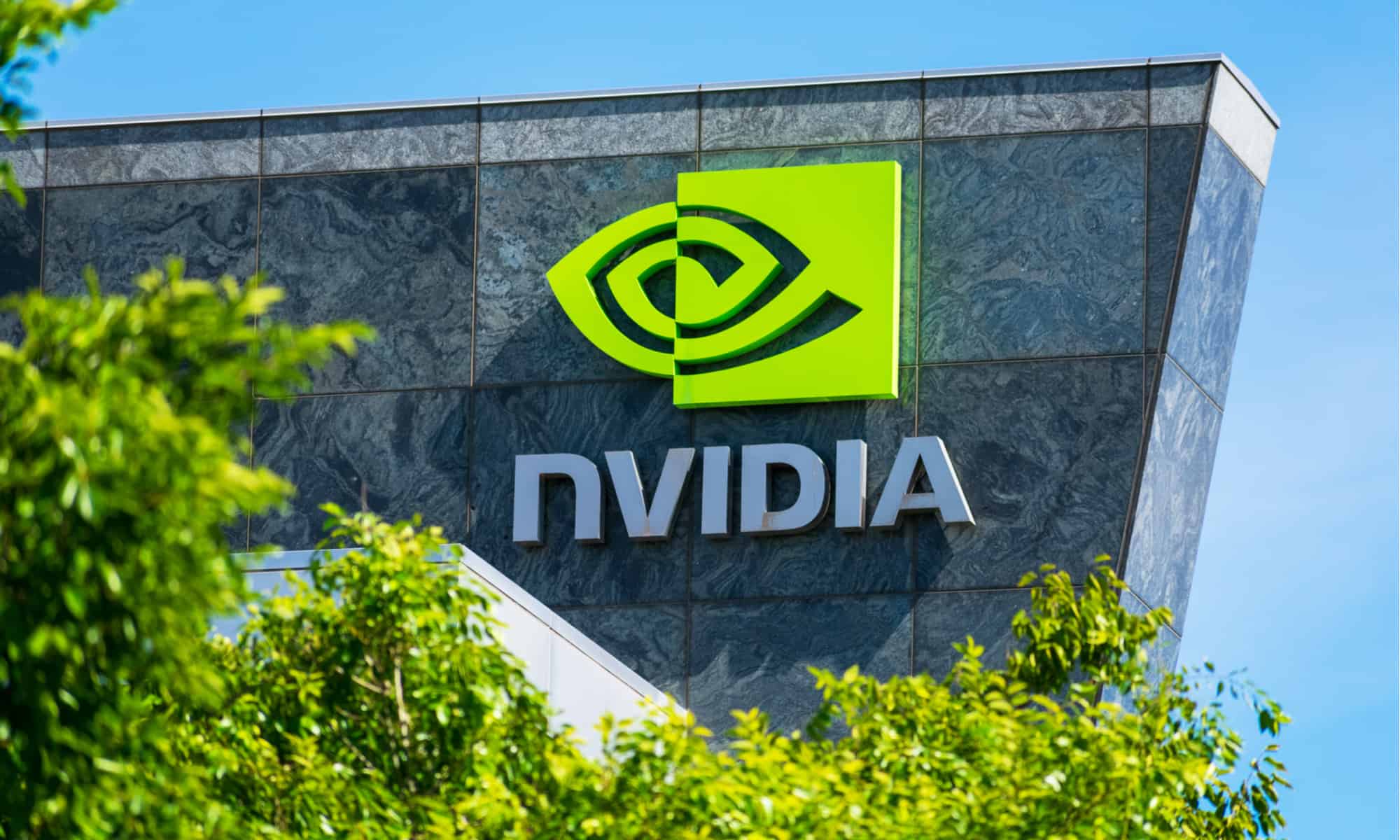
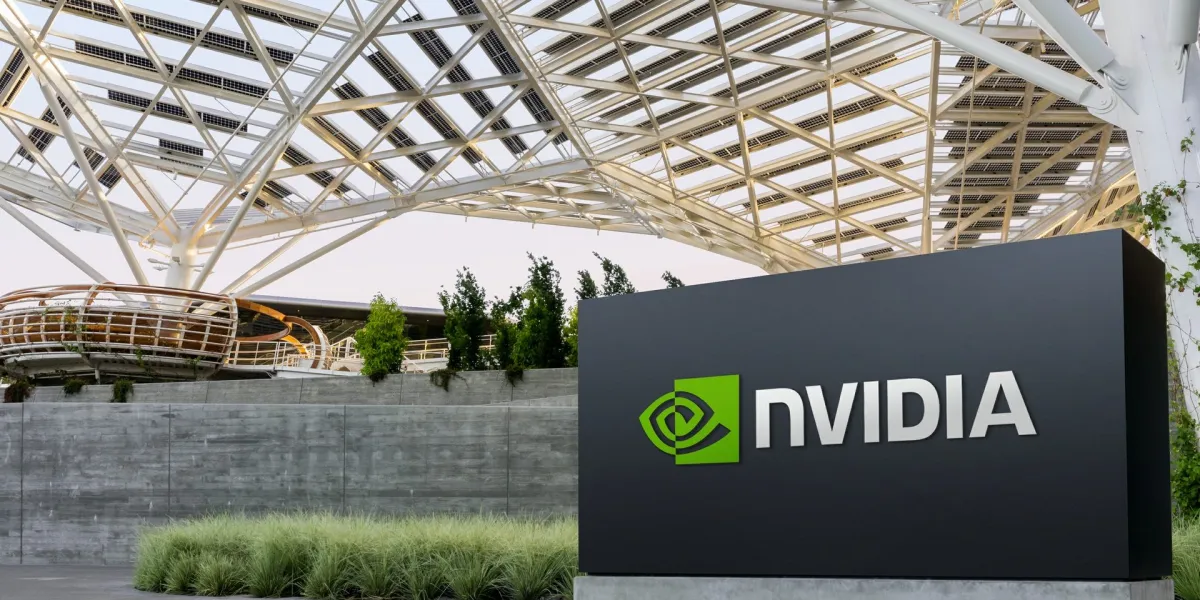


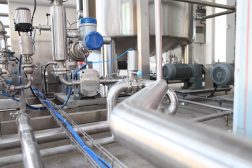
![How To Make A Robot: Ultimate Guide [Updated 2020]](https://robots.net/wp-content/uploads/2019/10/Robot_Engines-300x244.jpg)
